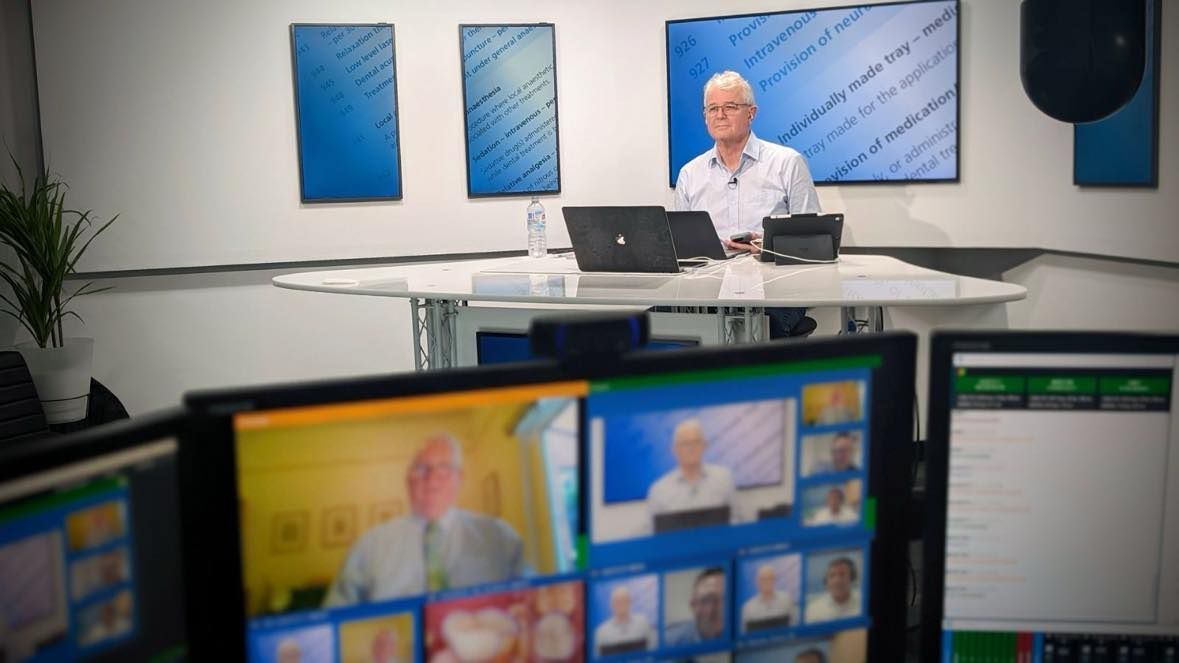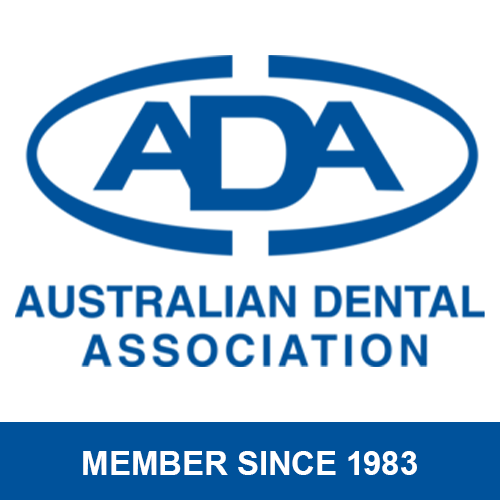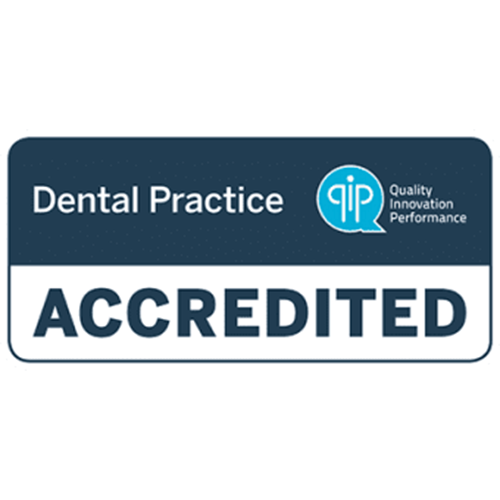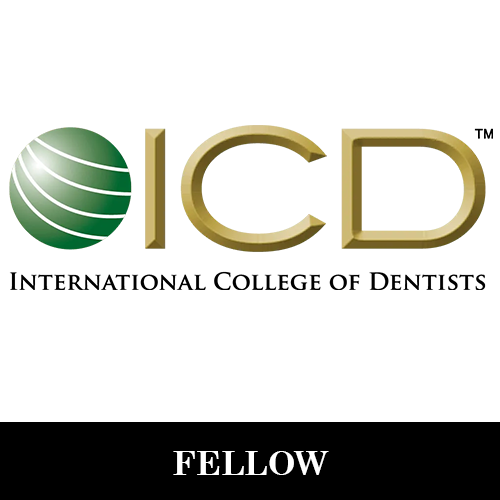Dental X-Rays
There’s a lot going on in your mouth that isn’t visible to the naked eye, and dental x-rays allow us to see what’s happening below the surface. By taking x-rays, we can give you a comprehensive assessment of the health of your mouth.
No visible signs of trouble
Tooth decay can be sneaky – it starts in difficult-to-see places between teeth or on spots that are hard to reach. Quite a lot of the cavities we see don’t cause any pain, either, so it’s a bad strategy to ‘wait for a problem’―chances are, you could have quite a large cavity but be completely unaware of the problem.
So, if you don’t know it’s there and we can’t see it with our eyes, what do we do?
a) X-rays are a vital part of your examination that allows us to confirm if you have tooth decay. But that’s not all x-rays are good for: infections deep within teeth cause the bone around the roots to dissolve, and often that’s the first sign of trouble with a dental abscess.
b) We can also see generalised bone loss due to advanced gum disease (called periodontal disease) and assess the damage visually with x-rays.
c) Third molars (‘wisdom teeth’) can only be properly assessed with x-rays.
A stitch in Time Saves Nine
Spotting problems early means we can deal with problems before they become really significant.
Safe for everyone
Regardless of whether you’re a child or an adult, modern digital x-rays of the inside or the outside of your mouth and jaws are safe. The amount of radiation involved is extremely low, and is equivalent to the sort of exposure you’d receive on a 1-2 hour flight. As an example, to have a standard view of your wisdom teeth, you experience about 1 to 2 days of extra background radiation, the type you get just walking down the street. In fact, you would have to have 15,000 of these x-rays every year to reach the minimum dose for any sort of harmful effect. Smaller x-rays are even more safe. This means that even if you’re pregnant you can have x-rays taken, although they are generally kept to a minimum during this period.
Oh, and that thing about us leaving the room while the x-rays are taken? Nothing to worry about there – we do lots of X-rays all day long and stepping out of the room limits ongoing exposure to radiation.
When are x-rays needed?
The types of x-rays we take will take will depend on what we’re looking for; the decision to take an x-ray, and the type of x-ray taken, will be influenced by such things as your past and present oral health, an examination of your mouth, your age, risk of disease and any early symptoms of oral disease.
What can dental X-rays detect?
- Small areas of decay between teeth not visible in the mouth
- Problems with existing fillings, root canals, crowns or bridges
- The presence and severity of gum disease
- Abscesses or other sorts of infections
- Tooth development issues such as malformed teeth, extra or missing teeth etc.
- Cysts and some types of tumours
- Traumatic injuries such as tooth and bone fractures
- Proximity of teeth to nerves and sinuses
- The development of wisdom teeth and if there is a need for them to be removed
- The amount of bone needed for dental implants
If an X-ray shows decay, we’ll will discuss treatment options with you. These may be preventive to slow or stop further progression of the decay, or may involve a filling if there is an actual cavity.
Site Links
Our Services
Locations We Service
Contacts
ABN: 40 525 320 779
Trading Hours
- Monday
- -
- Tuesday
- -
- Wednesday
- -
- Thursday
- -
- Friday
- -
- Saturday
- Closed
- Sunday
- Closed













